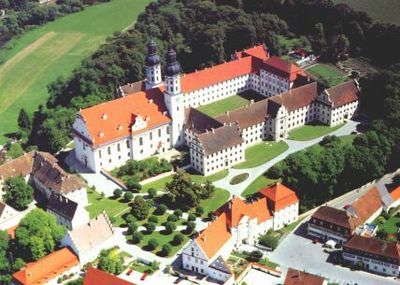
Obermarchtal owes its origins to the construction of a castle on the rock above the Danube, which was bequeathed to the Benedictines from St. Gallen in the 8th century.
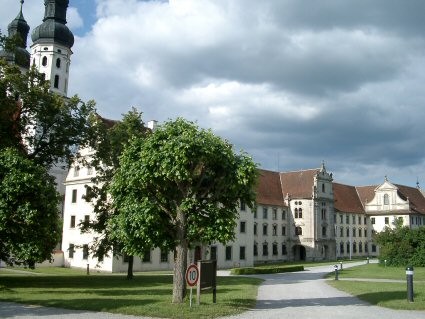
The extensive estate is one of the most beautiful in southern Germany and was built in its present form between 1686 and 1756.
In the period from 1171 to 1803 the monastery was a Premonstratensian canon monastery. In the course of secularisation it became
the princely seat of the House of Thurn und Taxis and today belongs to the diocese of Rottenburg-Stuttgart.
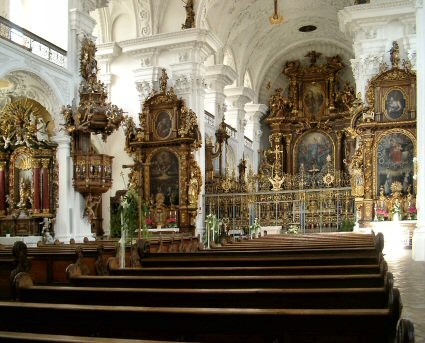
Baroque splendor inside the church
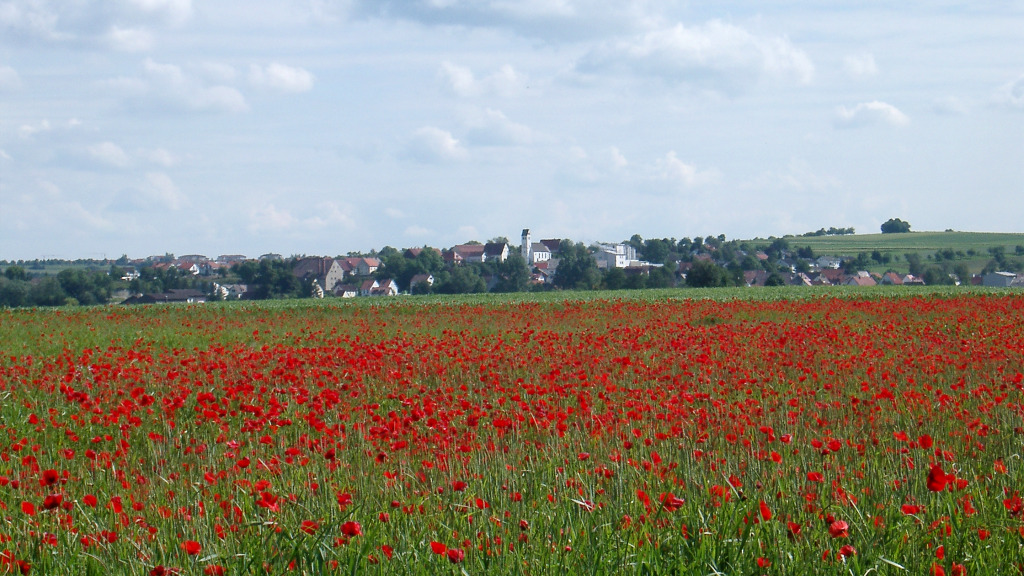
Poppy (Mohn-) field along the cycle path.
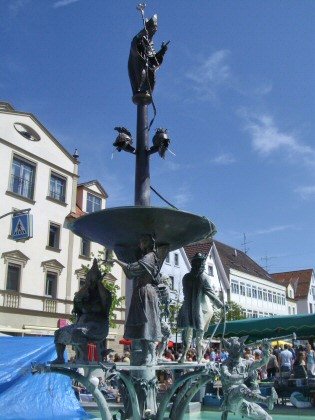
Soon we reach Ehingen. Time for a break at the market place.
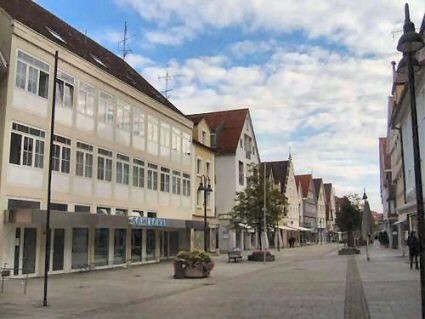
The main street of Ehingen is a pedestrian zone. There is (was) a big branch of the drugstore Schlecker (picture). No wonder, because before the bankruptcy the headquarters of Schlecker were in Ehingen.
The former Holy Spirit Hospital of Ehingen was founded around 1340 through foundations and donations from the citizens and was expanded in the 16th century.
The building was completely renovated from 1977-1984 and now houses the municipal museum.
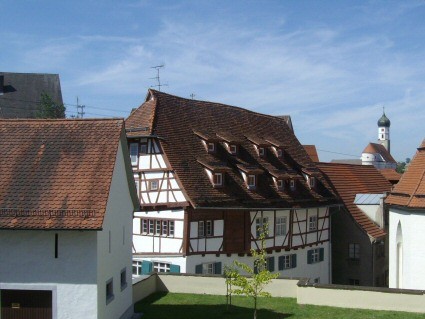
No straight walls, no windows like the other. Is this a Hundertwasser house in Ehingen?
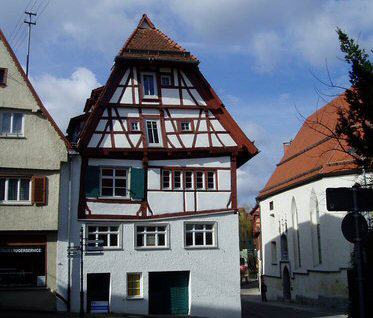
No, it's a weird, very old half-timbered house
Finding the right exit from Ehingen was not so easy for me. Here the Danube cycle path splits into a branch that leads through the Blautal to Ulm and one that stays near the Danube. I stayed in the Danube valley.


Danube cycle path


